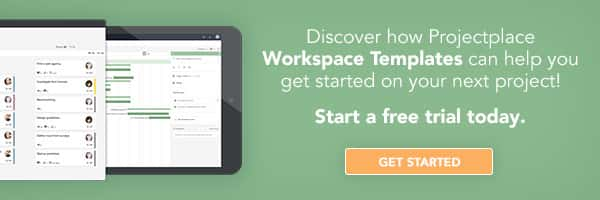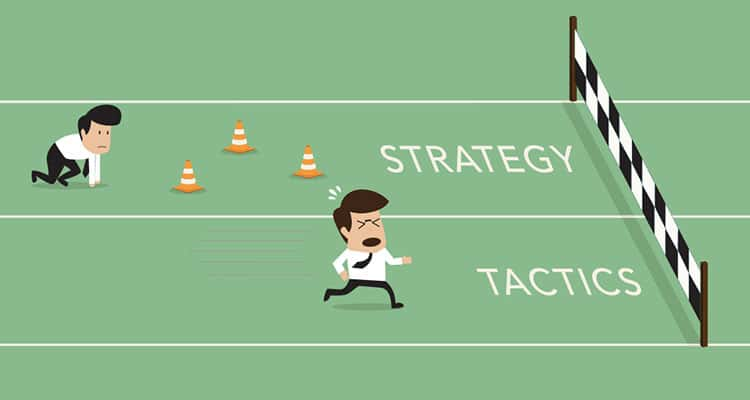
Acrobats are versatile performers. Their flexibility enables them to step in to nearly any circus act and put their skills to the test. They don’t put on the same show every season—what would be the fun in that? Each time a change occurs to the show or within the cast, a new plan must be constructed, and everyone must be able to react accordingly. This type of flexibility is the final benefit of a project roadmap, and rounds out this blog series.
For a quick recap, let’s review the benefits in the first two circus rings:
- Teil 1: Bleiben Sie mit der Projekt-Roadmap im Gleichgewicht
- Teil 2: Vermeiden Sie die Fata Morgana mit der Projekt-Roadmap-Teamplanung
Having a project roadmap improves management’s visibility into employees’ workloads, allowing for more accurate task delegation and access to organizational-wide goals. This creates a focus in which employees understand the weight of their work and feel more valued. With that, ladies and gentlemen, it’s time for the final ring.
Ring 3: Flexibility—there is no one-size-fits-all approach to planning
Let’s consider some statistics. 85% of IT organizations deviate from the annual plan several times per year,[1] and 9 weeks a year in the U.S. are wasted as teams try to collaborate across different geographies, organizations, and toolsets.[2] This demonstrates a need for a single, flexible roadmapping tool, yet many are deterred by the myth that roadmapping only helps with long-term planning. Let’s change that.
Yes, roadmapping is wonderful for creating a long-term plan or schedule, but that doesn’t even scratch the surface of its capabilities, and ProjectPlace is exactly the roadmapping solution to prove it.
ProjectPlace equips organizations with the ability to:
- Conduct short-term, sprint-based planning for fast results and reportable ROI
- Develop long-term plans and goals, which can be adjusted when need be
- Create alignment of long term goals with your team members
- Combine point solutions to view project execution and tasks in one place
Your team does not operate on a tight rope, meaning you can’t ensure their roadmap will run on a straight line. This is to be expected, as adjustments will always need to be made to plans for one reason or another. ProjectPlace gives teams the capability to make these adjustments, as well as create the plans they truly need—whether monthly, quarterly, annually, or beyond. Plus, they can do so all in one tool.
At this point, you may still be thinking that your current point solutions do the job just fine. Why switch to one tool when you’re getting by with multiple? Well, constant app switching results in a 40% reduction in productivity[3], not to mention a lack of consistency across your teams. ProjectPlace gives you the flexibility to plan short or long-term, adjust as needed, and combine everything in one place, making your life and the lives of your employees significantly easier.
ProjectPlace is the tool to give you and your teams roadmap workspaces with greater visibility, focus, and flexibility, thus putting an end to the workplace chaos.
Have you enjoyed this blog series? Comment below with the benefit you find most helpful, and let us know how you are using roadmap workspaces in your organization.
[1] Morio, J. (2015). Where is collaboration more chaotic – Europe or the US? – Project Lab. Blog.projectplace.com. Retrieved 28 October 2016, from https://blog.projectplace.com/where-is-collaboration-more-chaotic-europe-or-the-us/
[2] Solomon, Charlene. “Trends in Global Virtual Teams.” 2016. http://cdn.culturewizard.com/PDF/Trends_in_VT_Report_4-17-2016.pdf
[3] Rubinstein, J. S., Meyer, D. E. & Evans, J. E. (2001). “Executive Control of Cognitive Processes in Task Switching.” Journal of Experimental Psychology: Human Perception and Performance, 27, 763-797.
https://www.apa.org/research/action/multitask.aspx





